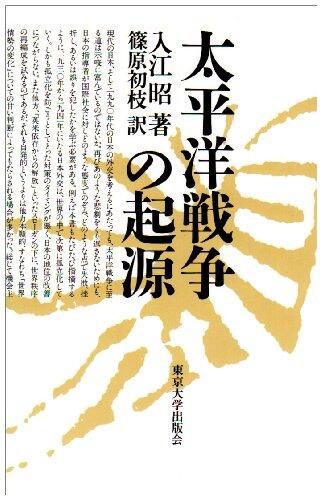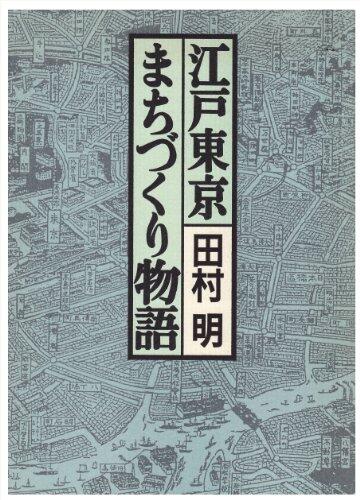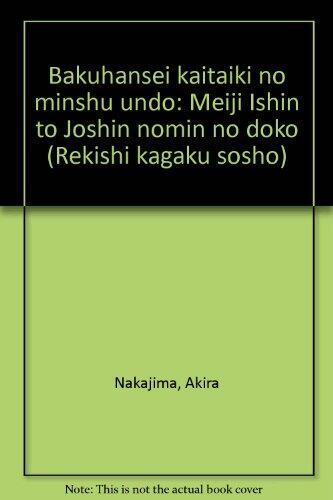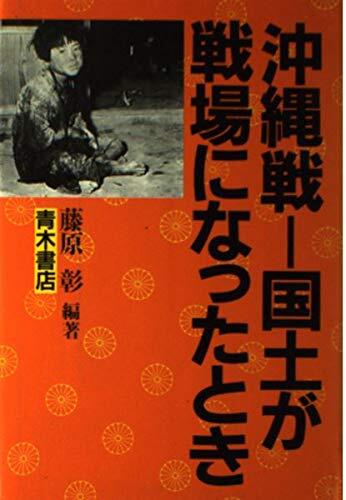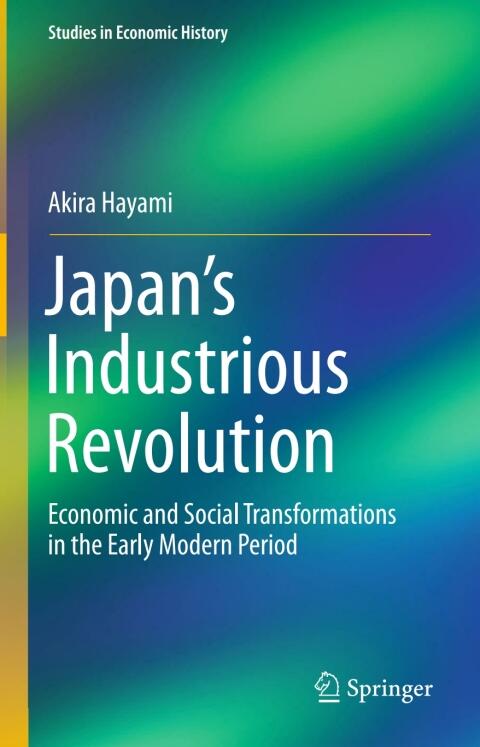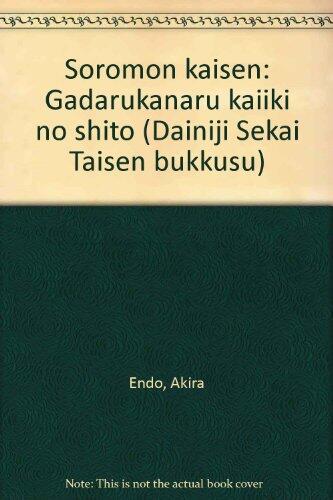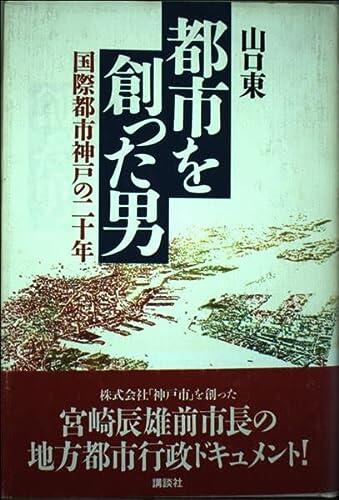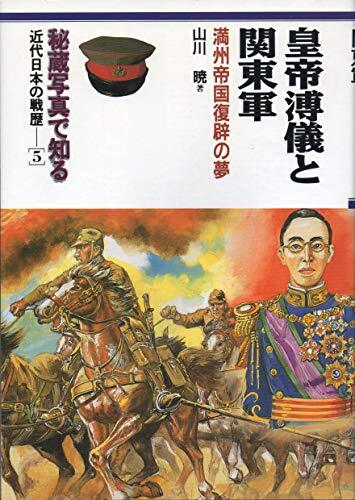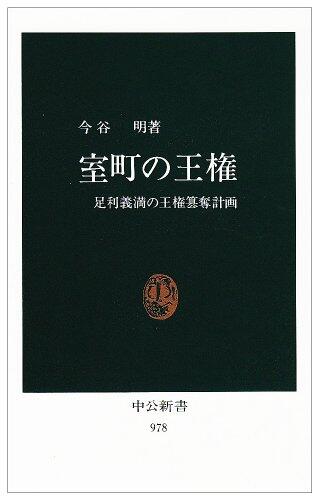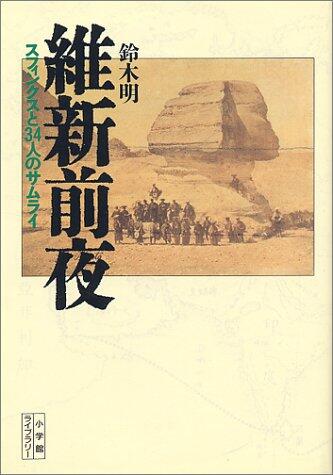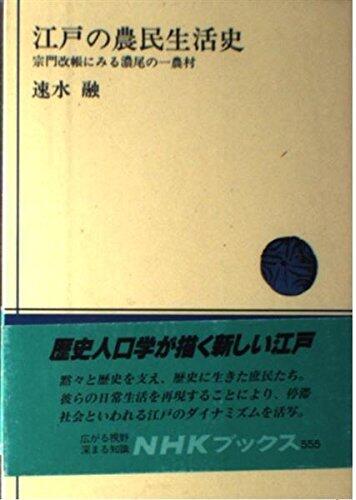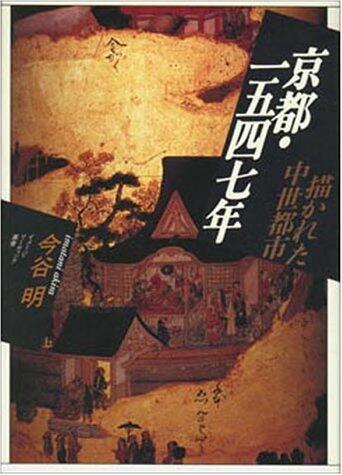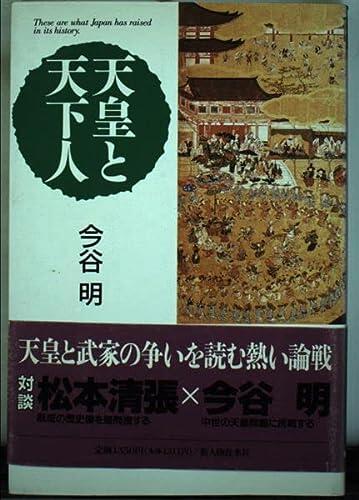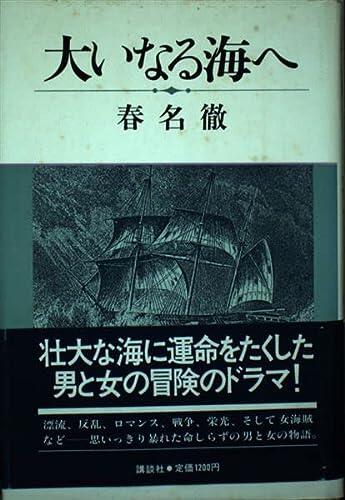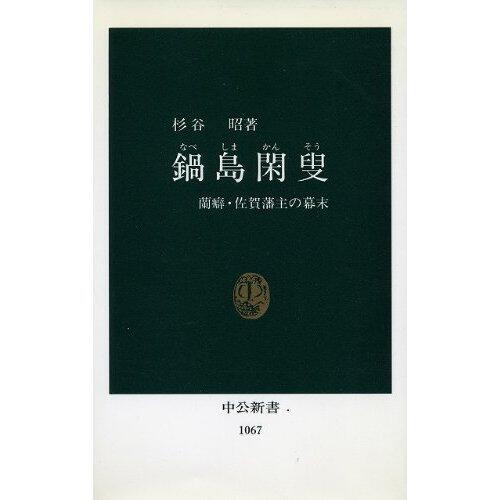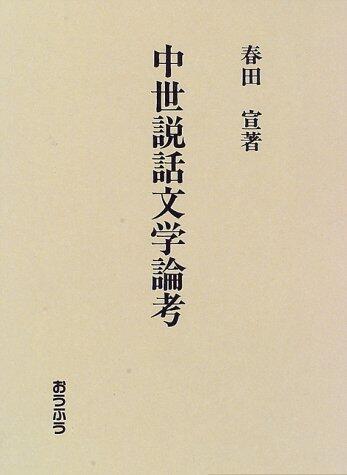
Ryūkyūko Amami no sengo seishinshi: Amerika gunseika no shisō, bunka no kiseki
بواسطة
Akira Satohara
لا توجد تقييمات بعد
History
تنسيق
غلاف صلب
صفحات
269
لغة
ياباني
منشور
Jan 1, 1994
الناشر
Gogatsu Shobō
رقم ISBN-10
4772700803
رقم ISBN-13
9784772700801
الوصف
Akira Satohara delves into the intricate cultural and ideological transformations that transpired in the Amami Islands following the influence of American military governance. This exploration reveals how the unique Ryukyuan identity merged with external forces during the post-war era, leading to a fascinating evolution of societal norms and cultural practices.
Through meticulous research, Satohara illustrates the complexities of cultural exchange and adaptation among the Amami people as they navigated their relationship with the American presence. The author provides a rich tapestry of insights and perspectives that highlight the enduring spirit of the Amami Islands, emphasizing the interplay between preservation of heritage and the impact of modernity.
With thorough bibliographical references, the work serves not only as a historical account but also as a reflection on the broader implications of cultural resilience in the face of socio-political changes. Readers are invited to consider how identities are shaped and reformed over time, making it a significant contribution to the understanding of post-war dynamics in the Ryukyus.
Through meticulous research, Satohara illustrates the complexities of cultural exchange and adaptation among the Amami people as they navigated their relationship with the American presence. The author provides a rich tapestry of insights and perspectives that highlight the enduring spirit of the Amami Islands, emphasizing the interplay between preservation of heritage and the impact of modernity.
With thorough bibliographical references, the work serves not only as a historical account but also as a reflection on the broader implications of cultural resilience in the face of socio-political changes. Readers are invited to consider how identities are shaped and reformed over time, making it a significant contribution to the understanding of post-war dynamics in the Ryukyus.
